Hello and welcome,
The current system under construction is a prototype, therefore has not yet
met with a finished appearance and may look a bit confusing in the video
without prior understanding of how it is built.
The primary, center coil is fed by a 20ohm wirewound resistor, while the
transformer core material is ferrite. The primary core is twice as thick
as the secondaries, as may be somewhat apparent from viewing it, while the
upper and lower E-Core center legs have been ground down to decouple the
secondaries.
The signal generator is a standard dual-555 pulsewidth modulator with the
transistor hookup identical to how it is shown in the Desulfator schematic
attached below.
The secondary coils are connected to the bridge in parallel, start to start,
end to end. Properties for each coil are as follows
Primary: 77.8mH 2.0ohm
Secondary 1: 222mH 3.2ohm
Sec 2: 204mH 3.2ohm
The observation I would like to share in the video is where the primary current
is in comparison with the current being drawn through the two secondaries on
load with a 10ohm resistor.
While Thane Heins has shown an improvement in output of roughly 500%, this
model does not perform to such a spectacular degree due to some reason that
has yet to be revealed.
Video: [ Bitoroid System Results ]
Possible Reasons for Current System Performance
-1- The thickness of the primary core is such that the secondaries
prefer to draw magnetic flux from it instead of from eachother through
the decoupling core legs?
-2- The amount of core material removed by grinding away the center E-Core legs
has not been sufficient to fully decouple the secondary coils?
-3- The manner in which the secondaries are connected or oriented on their
core legs is incorrect?
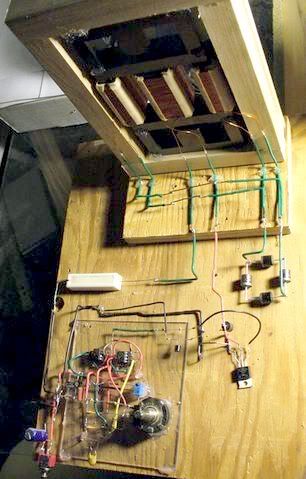
The current system under construction is a prototype, therefore has not yet
met with a finished appearance and may look a bit confusing in the video
without prior understanding of how it is built.
The primary, center coil is fed by a 20ohm wirewound resistor, while the
transformer core material is ferrite. The primary core is twice as thick
as the secondaries, as may be somewhat apparent from viewing it, while the
upper and lower E-Core center legs have been ground down to decouple the
secondaries.
The signal generator is a standard dual-555 pulsewidth modulator with the
transistor hookup identical to how it is shown in the Desulfator schematic
attached below.
The secondary coils are connected to the bridge in parallel, start to start,
end to end. Properties for each coil are as follows
Primary: 77.8mH 2.0ohm
Secondary 1: 222mH 3.2ohm
Sec 2: 204mH 3.2ohm
The observation I would like to share in the video is where the primary current
is in comparison with the current being drawn through the two secondaries on
load with a 10ohm resistor.
While Thane Heins has shown an improvement in output of roughly 500%, this
model does not perform to such a spectacular degree due to some reason that
has yet to be revealed.
Video: [ Bitoroid System Results ]
Possible Reasons for Current System Performance
-1- The thickness of the primary core is such that the secondaries
prefer to draw magnetic flux from it instead of from eachother through
the decoupling core legs?
-2- The amount of core material removed by grinding away the center E-Core legs
has not been sufficient to fully decouple the secondary coils?
-3- The manner in which the secondaries are connected or oriented on their
core legs is incorrect?

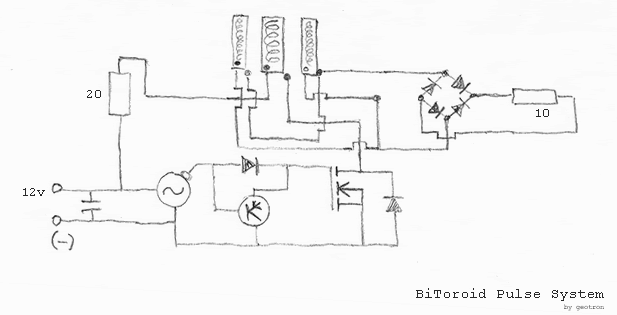


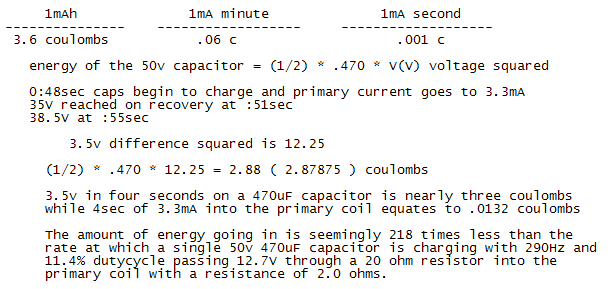
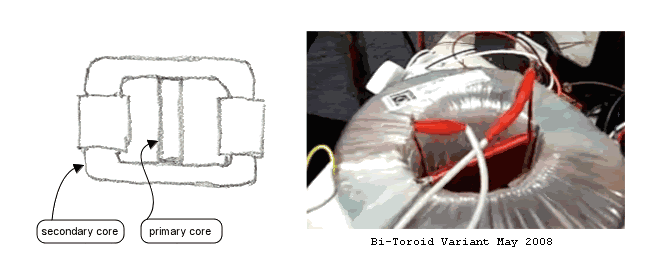
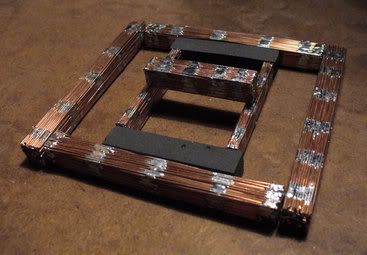
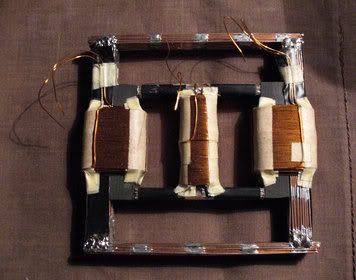
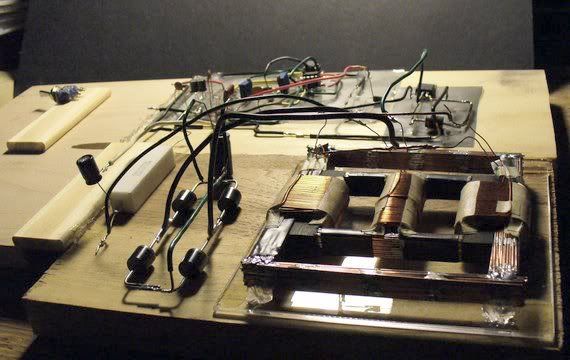
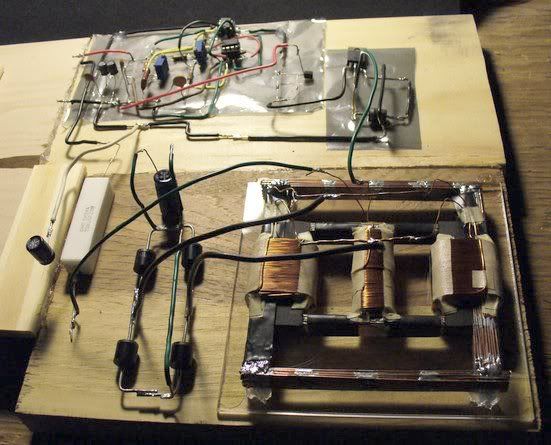
Comment